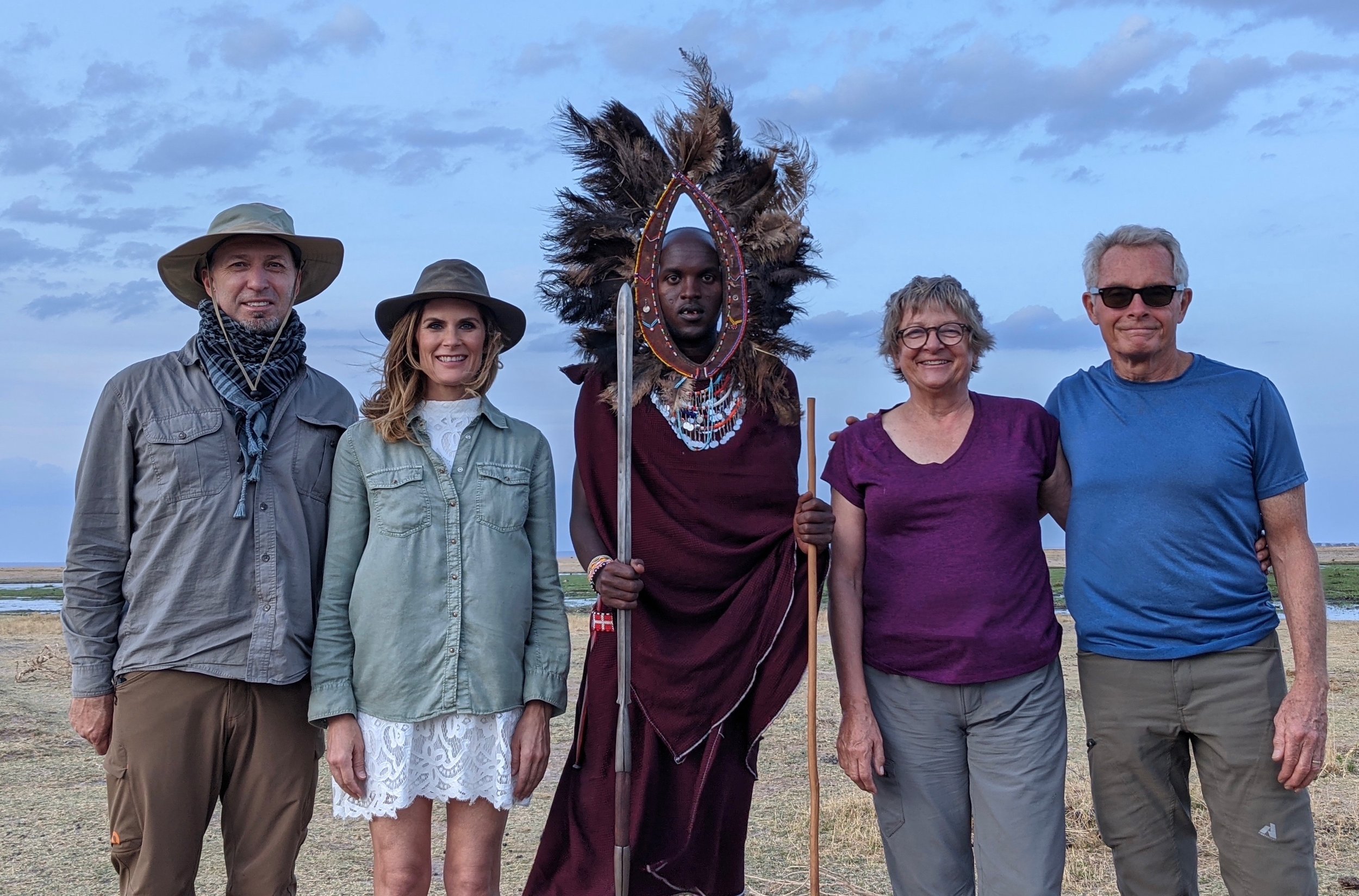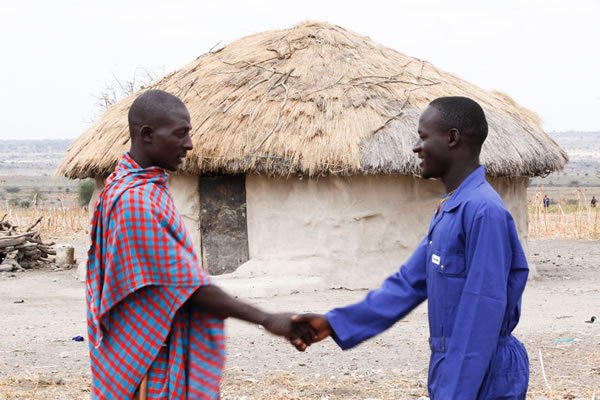What, Republic of the Congo!! The reaction to why there was met with a little alarm. I had to assure people it was Republic of the Congo and not the Democratic Republic of the Congo which is usually in the news with strife.
I was taking this Safari with my friend and fifth time Journey To Africa Safari-goer Alisa. I have been planning Safaris for her since 2005 - she has been to Tanzania, Rwanda, South Africa, Namibia. We had been talking about taking a Safari together and when I heard about Congo Conservation Company in Odzala-Kokoua National Park, Republic of the Congo, I was really curious and when I suggested this to her, she was game.
Republic of the Congo
To my guests who have been on Safari before to Eastern and Southern Africa, the Odzala-Kokoua National Park [Congo Basin] is nothing like what we are used to. Honestly, it took a while for me to adjust to the fact that I will not be seeing an abundance of wildlife because the terrain is so different. But once I wrapped that around my head, the experience will forever be unique.
How was the Odzala-Kokoua National Park different:
Lots of walking.
We sat in the vehicle for short amounts of time - just to head to the river dock or once for 2 hours to transfer from camp to camp. The rest of the time, we walked. Trekking through the dense forests using the animals path [harden by their walk otherwise the ground was soft], the elephant corridor in Lango Camp which was beautiful with lilies and was waist deep [had me pause for a bit], speed walking early morning under the guidance of master trekker Zephran to see the lowland gorillas from Ngaga Camp [located right outside Odzala-Kokoua National Park in the Ndzehi Forest], walked to get from Mboko Camp to Lango Camp after kayaking. You get the idea - it was definitely an active Safari.
The lovely elephant corridor from Lango Camp
With Zephran - master trekker
Lowland gorillas.
I must admit, I was looking forward to seeing Neptuno, the alpha male gorilla. We passed this opportunity to the local mayor of Mbomo who took that trek which in itself is great because now we have a local Congolese invested in protecting these amazing species. We did see lots of wee ones who were eager to show off and entertained us for a solid hour we were with them.
Forest elephants.
In Eastern and Southern Africa, you are used to see the elephants in large herds in all areas. Here, because of the terrain, you may only see them in the bai’s [open areas] but when you are walking in the forest or boating on the Lekoli River, you may see only a few. And when you do see them, it feels special.
Forest elephant
Other animals.
You hear them, but you may not see them easily. Of course this depends on the time of the year, luck, etc. but for example, we heard a hippo, saw the treks, but did not see the hippo. We were also there in Sept/Oct and the rains were coming so animals are away from the open bai area.
Our guide Lucy saw a leopard when she was coming to pick us up from the airstrip, so they are there, but sooo elusive. Lucy has been in that area of a year and that was her first encounter.
The smaller things.
We were definitely in-tuned to foot prints on this Safari as you are now looking at the small things. The smaller animals like the ants and the adulterer tree - you have to go there to hear this wild story :). The stunning fungi! So many different varieties to observe - eye opening.
The most common walking path
Stunning mushrooms of different variety
Boating and kayaking.
This was fun. We got to get on the boat and cruise down Lekoli River. This is when we saw the a few forest elephants on the banks and one crossing the river. They are pretty skittish - as soon as they smell you, they walk away. We also got to enjoy kayaking from camp to camp. You don’t have to do this but if you like, you kayak down from Mboko Camp to Lango Camp. We got to see the flock of green pigeons as soon as we parked our kayaks. Some of the best landscape views when boating and kayaking of the Congo Basin.
Kayaking from one camp to the other
French speaking.
This place reminded me of Tanzania about 20 odd years ago. We were starting off and our lodge crew spoke mostly Swahili and only a few could speak English. That has changed and majority of the people you will encounter will speak English.
At the camps, the crew spoke very little English besides the Camp managers. We could not ask them their stories without getting help from the managers. In Brazzaville, the capital of Republic of Congo, we enjoyed chatting with Dan, our local guide in English who gave us a good insight about the country.
Who is this Safari for?
I would say, this is for someone like Alisa and I who have been to Eastern and Southern Africa and want to experience the ‘something else’. This was the ‘something else’ for sure.
Having said that, we met a couple from New York who were there and they had not been on Safari before but loved their time here. They were truly disconnected [not much wi-fi here], enjoyed every encounter thoroughly, enjoyed the small things, great food, hardly took pictures, and brought a film camera - so there, if you are like them, you will love this place.
Does this sound like up your ‘corridor’? Let’s chat and see how we can get you here.











































